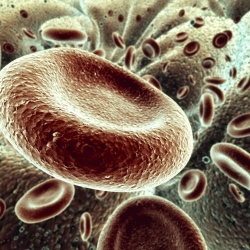
In Silicon Valley, the line between computing and biology has begun to blur in a way that could have enormous consequences for human longevity.
Bill Banyai, an optical physicist at Complete Genomics, has helped make that happen. His digital expertise was essential in designing a factory that automated and greatly lowered the cost of mapping the three billion base pairs that form the human genome.
The promise is that low-cost gene sequencing will lead to a new era of personalized medicine, yielding new approaches for treating cancers and other serious diseases. The arrival of such cures has been glacial, however, although the human genome was originally sequenced more than a decade ago.
Now that is changing: exponential increases in processing power and transistor density are accompanied by costs that fall at an accelerating rate. As a result, both new understanding and new medicines will arrive at a quickening pace, according to the biologists and computer scientists.
“For all of human history, humans have not had the readout of the software that makes them alive,” said Larry Smarr, director of the California Institute of Telecommunications and Information Technology. “Once you make the transition from a data poor to data rich environment, everything changes.”
Complete Genomics is one of more than three dozen firms hastening to push the cost of sequencing an entire human genome below $1,000. The challenge is part biology, part chemistry, part computing, and in Complete Genomics’ case, part computer networking. The company is riding in part on big advances being made in industrial digital cameras that are capable of capturing the fluorescent molecules that are used to “read” small sequences of DNA.
